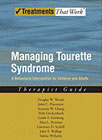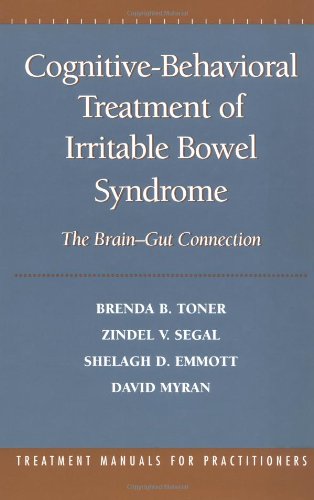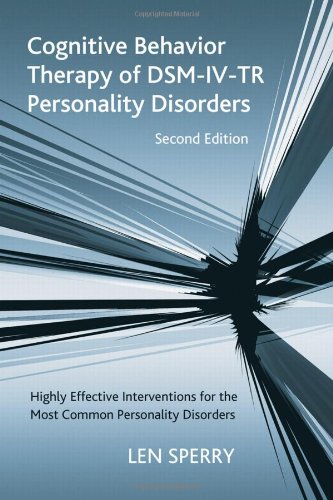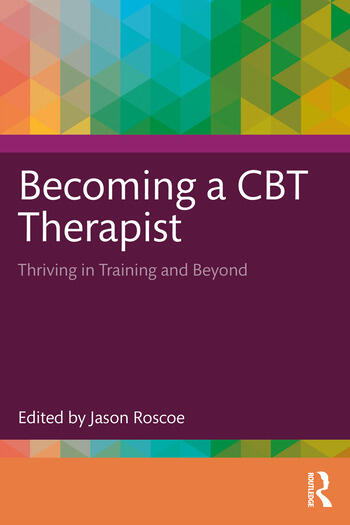Trichotillomania: An ACT-enhanced Behavior Therapy Approach: Therapist Guide

Book Details
- Publisher : Oxford University Press
- Published : 2008
- Category :
Cognitive-Behavioural Therapies - Category 2 :
Clinical Psychology - Catalogue No : 27748
- ISBN 13 : 9780195336030
- ISBN 10 : 0195336038
Also by Douglas W. Woods
There are currently no reviews
Be the first to review
Trichotillomania (TTM) is a complex disorder that is difficult to treat as few effective therapeutic options exist. Behaviour therapy has the greatest empirical support, but the number of mental health providers familiar with TTM and its treatment is quite small. This manual was written as a tool for therapists to become familiar with an effective treatment for TTM. The treatment approach described in this guide blends traditional behaviour with therapy elements of habit reversal training and stimulus control techniques with the more contemporary behavioural elements of Acceptance and Commitment Therapy (ACT). In the first phase of the program, clients are taught skills for stopping and preventing their unconscious pulling episodes. In the second phase, clients are introduced to ACT. Unlike traditional interventions that aim to change type or frequency of pulling-related cognitions in the hopes of reducing urges to pull hair, this innovative program uses strategies to change the function of these cognitions. Clients are taught to see urges for what they really are and to accept their pulling-related throughts, feelings, and urges wihtout fighting against them.This is accomplished through discussions about the function of language and defusion exercises that show the client how to respond to thoughts about pulling less literally. Over the course of 10 weeks, clients learn to be aware of their pulling and warning signals, use self-management strategies for stopping and preventing pulling, stop fighting against their pulling-related urges and thoughts, and work towards increasing their quality of life. Self-monitoring and homework assignments keep clients motivated and engaged throughout. Designed to be used with older adolescents and adults, this innovative intervention has proven efficacy and is sure to be a powerful tool for the clinician who treats TTM.
Customer Reviews
Our customers have not yet reviewed this title. Be the first add your own review for this title.
You may also like
Cognitive-Behavioral Treatment of Irritable Bowel Syndrome: The Brain-Gut...
Brenda Toner
Price £37.99
Cognitive Behavior Therapy of DSM-IV-TR Personality Disorders: Highly Effective...
Len Sperry
Price £46.99
Cognitive Therapy for Personality Disorders: A Guide for Clinicians: Second...
Kate Davidson
Price £39.99










